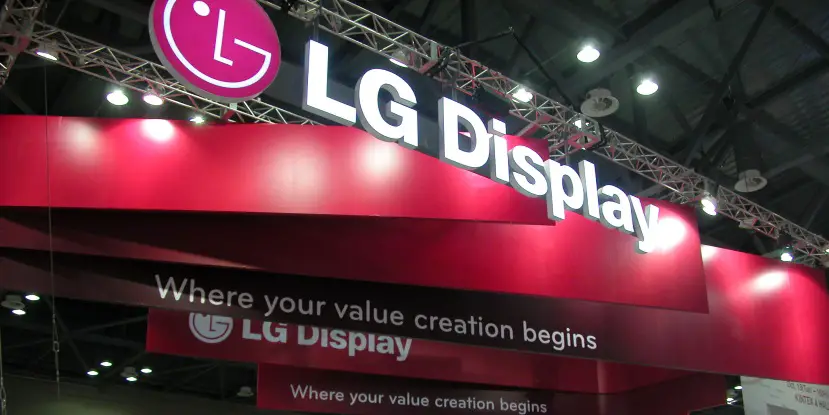LG is a massive tech company that not only produces hardware for itself, but is a major supplier of hardware to other tech companies as well, one of which being Apple. On Thursday, July 23, LG announced a nearly $1 billion dollar investment (over a trillion Won, the South Korean currency) into a plant that will manufacture flexible OLED screens at four times the capacity of LG’s other OLED plant. This absolutely massive investment planned over a two year span is telling of LG’s ambitions plans in the hardware industry, to place themselves in a position to compete with other giants such as Samsung. Not only does it clue a possibly dramatic shift in hardware supply, but a dramatic increase in innovation as well as a decrease in price of foldable, bendable, and high quality displays.
While curved displays have been showcased in only a few of Samsung and LG’s products, smartphones, TVs, and wearables, curved display presence in the current market is few and far between and usually comes with a hefty price tag. If LG has anything to do with it though, not for long.
These curved OLED screens have multiple applications, whether or not they provide improved user experience is for you to decide, however one thing is for certain, they do a heck of a lot for design. Samsung’s sleek curved Gear S screen is just the start to the endless possibilities of curved display applications especially in the wearable market.
For those unfamiliar, OLED is a technology which uses an organic polymer, the “O” in OLED. If you continue breaking down the acronym, you would deduce that this organic polymer is a Light Emitting Diode or LED.
The technology adds an organic compound layer that allows not only for exceedingly thin screens, but for those displays to be curved. The organic material also emits its own light, eliminating the need for a backlight.
LED screens have notable contrast because they do not use a backlight like their rival technology LCD (liquid Crystal Display) does, allowing for deep rich blacks because each individual pixel has the option to emit light i.e. black areas of a screen are exceedingly black because the light emitting diode, in this case the pixel, is actually off. This implemented in smart watches or wearable devices could mean dramatic increases in battery life. Thanks to LG’s new plant, they’ll be more available as well as cheaper.
Thoughts on LG’s aggressive investment? Do you think Samsung will follow suit? Let us know in the comments below or on social media!
[button link=”http://www.dailymail.co.uk/sciencetech/article-3172708/The-rollup-TV-coming-LG-builds-900m-plant-make-bendable-screens-phones-gadgets.html” icon=”fa-external-link” side=”left” target=”blank” color=”285b5e” textcolor=”ffffff”]Source: Daily Mail[/button]Featured Image courtesy of Korea IT Times
Last Updated on January 12, 2019.










